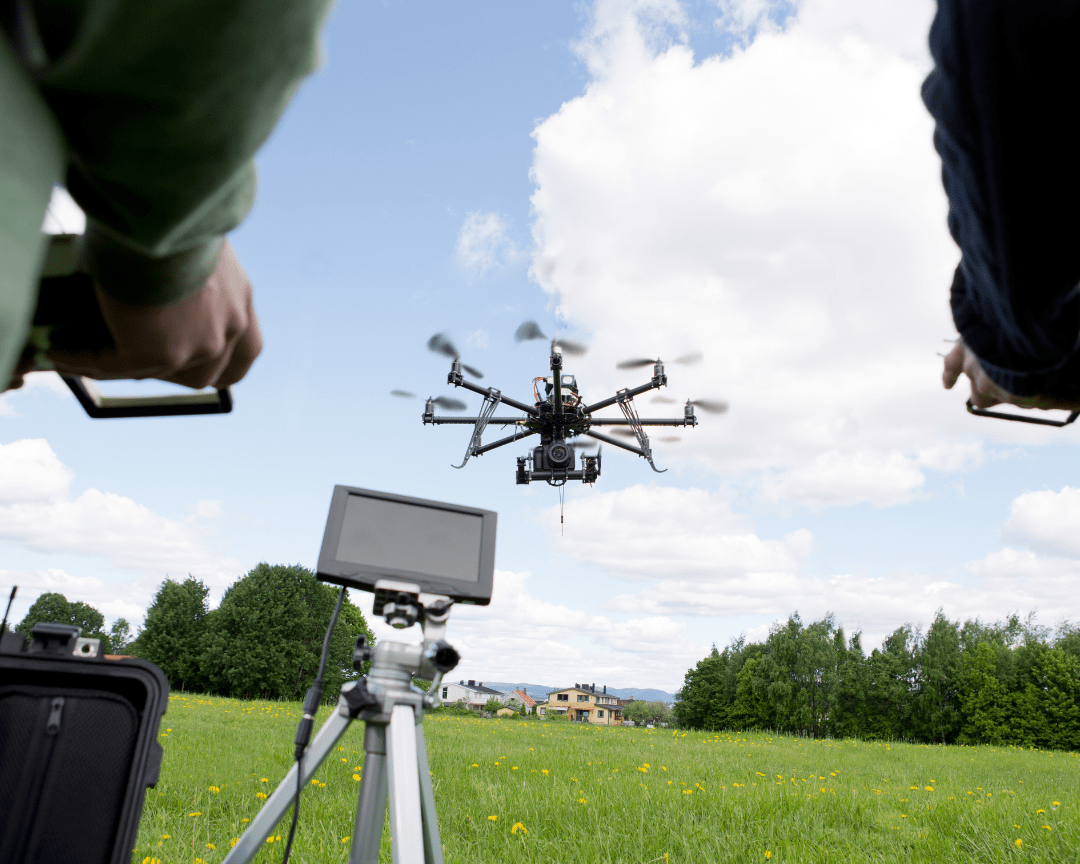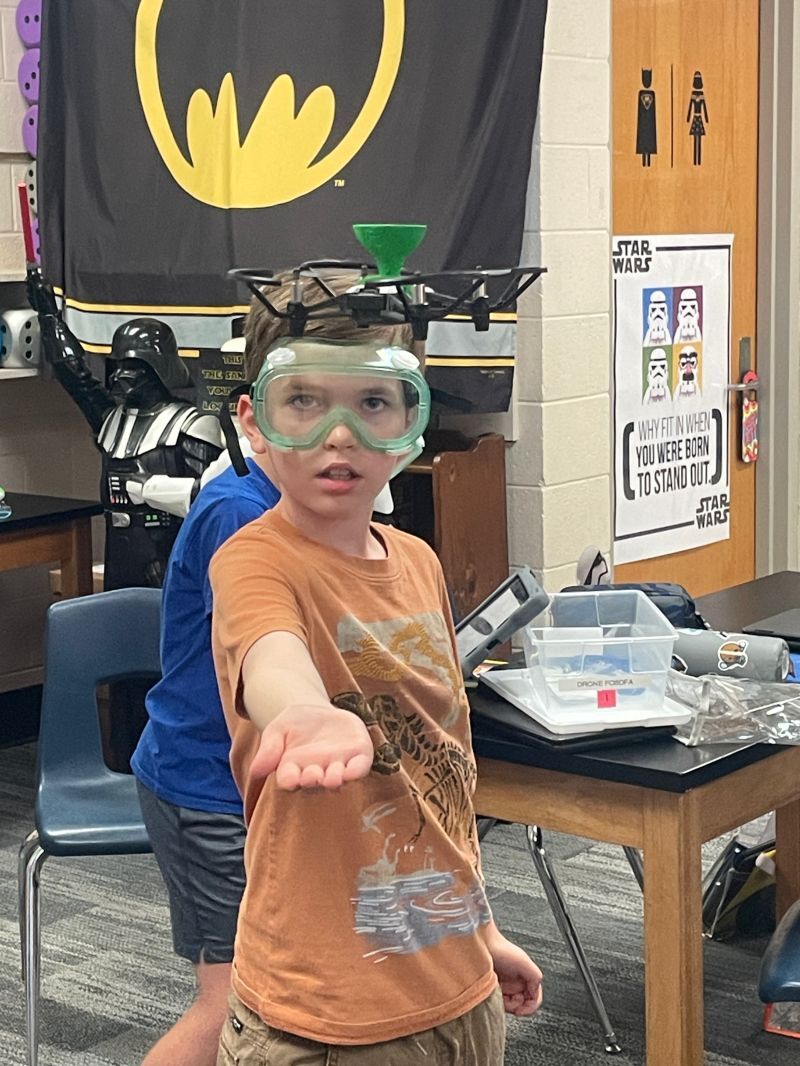As we continue to look at all the positive capabilities of drones for humanity, it’s clear to see that there are few limits.
Drones help farmers save crops.
Drones make global medical relief possible.
Drones empower scientists, artists, teachers, and professionals in between.
Drones can even predict the weather, and notify regions of upcoming natural disasters.
While talking about drones and the weather might seem like a slightly improved version of small talk, the weather is a timely, meaningful factor that affects all of human life.
Here’s how drones are transforming the field of meteorology.
What are Meteodrones?
Weather drones, or meteodrones, are unmanned aerial vehicles (UAVs) that record weather conditions. These drones can travel throughout the entire boundary layer of the earth’s atmosphere. With powerful sensors and video cameras attached, meteodrones collect important information on the weather and deliver the data to meteorologists.
Weather drones collect data on:
- Moisture
- Air pressure
- Temperature
- Humidity
- Wind speed
- Wind direction
- And more
Weather drones can also be programmed to communicate with neighboring weather drones, satellites, and other forecasting systems we rely on for predictions. Unlike traditional weather data tools, meteodrones travel farther and higher, and can return to their original location.
While useful, former tools like weather balloons come with limitations. They can’t be navigated accurately because they’re influenced by wind. And usually, weather balloons can’t be retrieved, which uses excess money and resources. Weather stations themselves are bound to a single location at the surface level. Weather drones open up a whole new dimension of weather reading.
Companies like Meteomatics are “closing the meteorological data gap” in the Earth’s lower atmosphere by providing weather forecasters around the world with a reliable and scientifically sound method of collecting weather observations. Their meteodrones are specifically designed to collect weather observations from the lower and middle atmosphere.
How Drones Help With Weather Forecasting
The atmosphere’s boundary layer, where a majority of the weather occurs, is where weather recording devices exist to collect information needed. Even with the most advanced weather tools today, predicting the weather is complicated. There are so many factors that come into play— elements that require accurate, time-sensitive data.
Meteodrones, often modeled quadcopters or hexacopters, can be flown directly into the wind. During moderate storms, drones are safer than sending manually-piloted aircraft to gather information. Strapped with effective data collection technology, drones allow meteorologists to reuse expensive tools that deliver accurate results.
Because of their maneuverability, meteodrones can capture weather data more accurately. Cameras let weather forecasters see current conditions in real-time, adding to the prediction process beyond graphs and numbers.
Drones are extremely beneficial when studying the effects of weather on sensitive regions, too. Large, fixed-wing drones that fly hours or days at a time can measure glacier activity, volcanoes, and valley fog, all of which weather can negatively influence.
Drones and Weather Events
With real-time forecasting accuracy, weather drones give meteorologists advanced warnings of weather events like hurricanes and tornadoes. Both events are often difficult to predict, leaving the population with little warning of life-threatening disasters. But with meteodrones, broader weather reporting is possible and remote communication can impact storm preparedness plans.
Drones also collect information necessary to prevent or respond to weather events, such as major floods after a hurricane. With the ability to deliver fast image mapping of a large area, drones can show where flood waters are spreading or rising. This information helps rescue personnel strategize where to go first, and which neighborhoods to warn of potential flooding.
After disastrous weather events, scientists find it vital to survey and document the damage. Drones help record visual effects of the damage, helping communities prepare for future weather risks and equipping meteorologists to make better predictions.
Challenges of Weather on Drone Flyability
Even though drones can fly against the wind and outlast weather balloons in the atmosphere, they aren’t completely indestructible. Mechanical drone parts and computerized attachments can’t always withstand extreme weather conditions. High temperatures, thick fog, and lightning can limit or even damage drones in flight.
Weather drones are new in development, so there is hope for resolution. Manufacturers now focus on maximizing flyability and extending battery time, supporting drones to operate through harsh conditions. With accurate predictions currently, drones that can effectively forecast weather signal early warnings to return to safety, saving drones from damage.
Drones = A Huge Opportunity to Map Weather in New Areas of the World
Drones fill in the gap for regions of the world that lack proper weather forecasting. Weather data deserts, local areas without reliable weather forecasts from the ground, can use drones to improve people’s access to weather information.
Delivery and aircraft operations rely on weather forecasts for success. Even for companies involved in the development of drone delivery, the weather isn’t a main concern at the moment— but it should be. Using weather drones as tools to equip commercial drones is the only way to combine the two areas of genius.
Drone Education Today → Weather Experts Tomorrow
Drones are advancing the field of meteorology, and there’s much room to grow. In the future, drone technicians and developers are likely to be in high demand to ensure more accurate weather predictions— from everyday forecasts to rare natural disaster warnings.
Drone programs in schools today are helping ignite the wonderful possibilities of these UAVs in all fields. Kids love drones as toys, but the real impact they can have on learners is the potential to mold future careers. Getting kids involved with drones in early education is one way to further push the development of STEM technologies.
Whether you’re a teacher, parent, or drone enthusiast, there’s a place for you in drone education. Join the community at Drone Legends to find out more.




